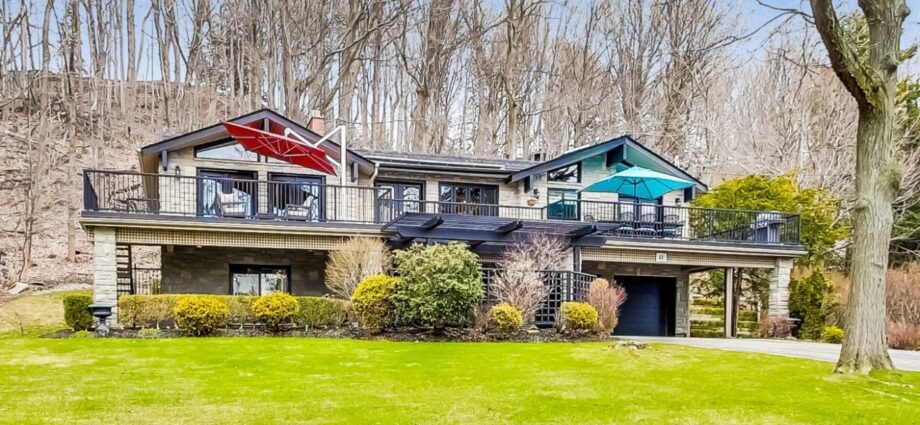The price of living in the nation’s capital is no secret—Washington, DC, is one of the most expensive places to call home in the United States. From skyrocketing housing costs to the high price of everyday necessities, the true cost of residing in DC can be staggering. While the allure of living in the epicenter of American politics is strong, the financial realities of doing so are often underestimated. Washington DC real estate agent Richard Pearrell explores the various factors that contribute to DC’s sky-high cost of living and offers insight into how residents can navigate the complex challenges of affording life in this dynamic yet pricey city:
Homes for sale in Washington DC: The soaring housing prices
The astronomical housing prices are the most striking aspect of the DC cost of living. The median home price in the District of Columbia hovers around $610,000. Rent can be a financial challenge, with the average monthly rent for a one-bedroom apartment reaching a staggering $2,200. The city’s high housing costs are primarily due to its limited land area, high demand from government workers and young professionals, and the prestige of living in the nation’s capital. Prospective residents often find themselves priced out of desirable neighborhoods, forced to settle for longer commutes or smaller living spaces.
The burden of taxes
Washingtonians also face a significant tax burden. The District imposes a personal income tax rate of up to 8.95%, one of the highest in the country. Coupled with the federal income tax and the city’s 6% sales tax, significantly reduces take-home pay. DC’s real estate tax rate is also quite high for property owners, averaging around 0.85% of a home’s assessed value. These rates can translate to thousands of annual tax payments, further straining household budgets.
Cost Of Living In Washington DC
The cost of living in Washington, DC, extends to everyday necessities. Grocery prices in the city tend to be high, and dining out can quickly deplete one’s budget, with the average meal cost at a mid-range restaurant hovering around $30 per person. Healthcare costs in the District can also be a significant financial burden, with residents facing higher insurance premiums and out-of-pocket expenses.
Navigating the high cost of living
Careful financial planning and strategic budgeting are necessary to live in Washington, DC, which has high costs. Prospective residents should thoroughly research housing options, transportation alternatives, and the costs of essential goods and services before deciding to relocate. Seek opportunities for higher-paying jobs, negotiate salaries, and explore ways to reduce expenses, such as sharing living spaces or commuting via bicycle, to help mitigate the financial strain of calling the nation’s capital home.
Moving To Washington DC
Washington, DC, is a unique and dynamic city that attracts people from all over the world. The nation’s capital provides exceptional prospects for buyers interested in politics, government, and public policy. The city is home to iconic landmarks like the White House, the Capitol Building, and the Smithsonian museums. However, living in DC also comes with challenges – the cost of living is high, traffic and congestion can be frustrating, and the fast-paced political environment can be intense. Those who thrive in DC tend to be driven, ambitious, and passionate about making a difference; moving to Washington promises an unmatched professional and cultural experience.

